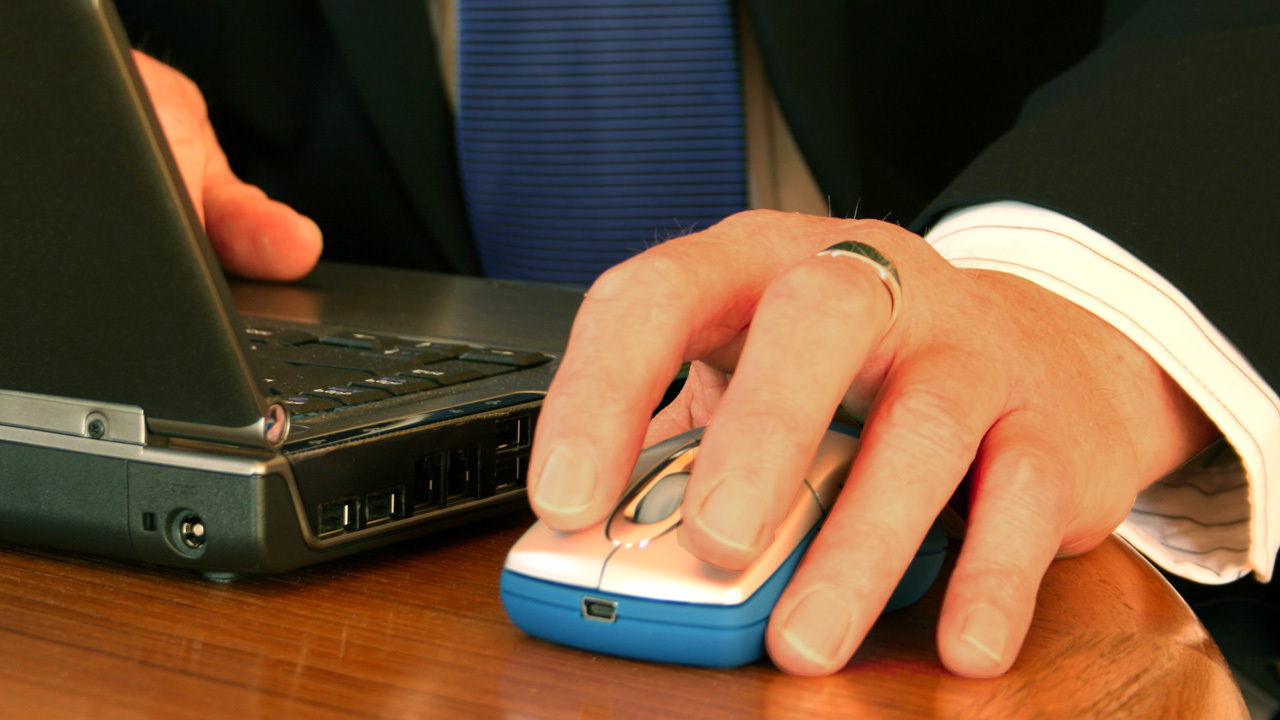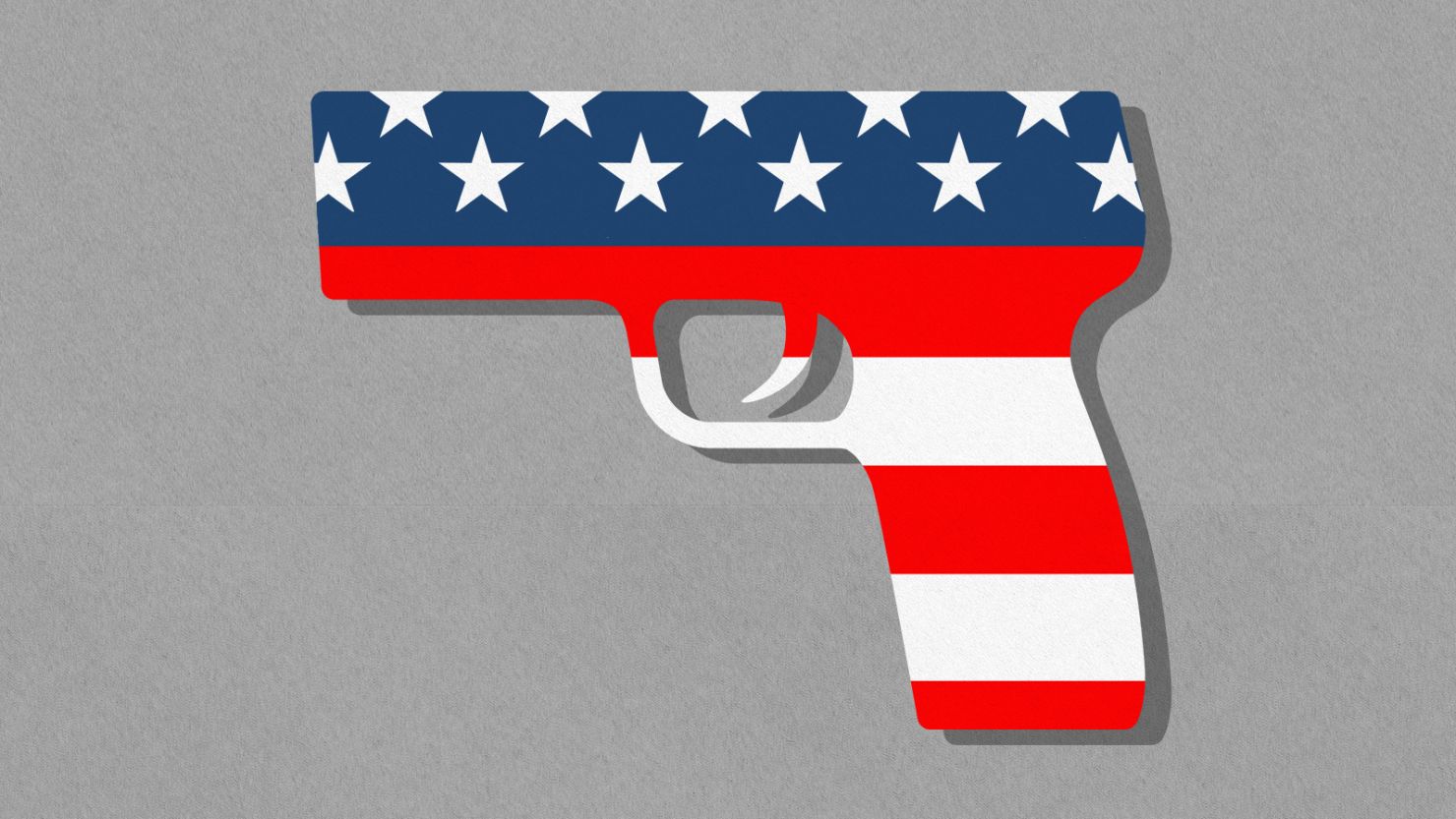
Ever wondered how accurate fingernail drug testing is? This method has gained popularity for its ability to detect drug use over a long period. Unlike urine or blood tests, which only show recent drug use, fingernail tests can reveal substance use from up to six months ago. Why is this important? Employers, courts, and rehab centers often use it to get a clearer picture of someone's drug history. How does it work? Drugs and their metabolites get trapped in the keratin fibers of your nails as they grow. This makes it nearly impossible to cheat. Want to know more? Keep reading to uncover 27 fascinating facts about fingernail drug testing that might surprise you!
What is Fingernail Drug Testing?
Fingernail drug testing is a method used to detect drug use over a long period. Unlike urine or blood tests, this method can reveal drug use from months ago. Let's dive into some fascinating facts about this testing method.
-
Long Detection Window: Fingernail drug tests can detect drug use for up to 6-12 months. This is because nails grow slowly, trapping drug metabolites within their structure.
-
Non-Invasive: Collecting a sample is painless. A small clipping from the edge of the nail is all that's needed.
-
Hard to Cheat: Unlike urine tests, it's nearly impossible to tamper with or substitute a fingernail sample.
How Does Fingernail Drug Testing Work?
Understanding the science behind this method can help appreciate its accuracy and reliability.
-
Keratin Storage: Nails are made of keratin, a protein that can store drug metabolites. As nails grow, they incorporate these substances.
-
Sample Preparation: The collected nail sample is finely ground to increase the surface area for testing.
-
Chemical Analysis: Advanced techniques like liquid chromatography-mass spectrometry (LC-MS) are used to detect and quantify drug metabolites.
What Drugs Can Be Detected?
Fingernail drug testing can identify a wide range of substances. Here are some examples:
-
Cocaine: This stimulant can be detected in nails for several months after use.
-
Opiates: Drugs like heroin and morphine leave traces that can be identified long after ingestion.
-
Amphetamines: Both prescription and illicit amphetamines can be detected.
-
Cannabinoids: THC, the active ingredient in marijuana, can be found in nail samples.
-
Benzodiazepines: Commonly prescribed for anxiety, these drugs can also be detected.
Advantages Over Other Testing Methods
Fingernail drug testing offers several benefits compared to other methods.
-
Extended Detection Period: Unlike urine tests that detect recent use, nail tests can reveal long-term patterns.
-
Less Invasive: No need for blood draws or supervised urine collection.
-
Stable Samples: Nail samples are stable at room temperature and don't degrade quickly.
-
Historical Data: Provides a timeline of drug use, showing when and how often drugs were used.
Limitations of Fingernail Drug Testing
While effective, this method has some limitations.
-
Slow Growth: Because nails grow slowly, it may take weeks for recent drug use to show up.
-
External Contamination: Environmental exposure to drugs can sometimes lead to false positives.
-
Cost: This testing method can be more expensive than urine or saliva tests.
Who Uses Fingernail Drug Testing?
Various organizations and individuals rely on this method for different reasons.
-
Employers: Some companies use it for pre-employment screening and random testing.
-
Law Enforcement: Used in criminal investigations to establish long-term drug use.
-
Rehabilitation Centers: Helps monitor patients' progress over time.
-
Parents: Some parents use it to check for drug use in their children.
Preparing for a Fingernail Drug Test
Knowing what to expect can help reduce anxiety about the process.
-
No Special Preparation: You don't need to do anything special before the test.
-
Clean Nails: Ensure your nails are clean and free from polish or artificial nails.
-
Sample Collection: A small clipping from each fingernail is usually sufficient.
Myths About Fingernail Drug Testing
There are many misconceptions about this testing method. Let's clear some up.
-
Myth: Only Recent Use is Detected: In reality, this method can detect drug use from months ago.
-
Myth: Nail Biting Affects Results: While nail biting can reduce the amount of sample available, it doesn't affect the accuracy of the test.
Final Thoughts on Fingernail Drug Testing
Fingernail drug testing offers a reliable, non-invasive way to detect substance use over extended periods. Unlike urine or blood tests, it provides a longer detection window, making it ideal for monitoring long-term drug use. This method is also less prone to tampering, ensuring more accurate results. Employers, law enforcement, and even parents find it useful for various reasons. However, it's not without limitations. It can't detect very recent drug use and may not be suitable for all substances. Despite these drawbacks, its benefits often outweigh the cons. Understanding these facts can help you make informed decisions about drug testing methods. Whether you're an employer, a parent, or just curious, knowing the ins and outs of fingernail drug testing can be incredibly useful.
Was this page helpful?
Our commitment to delivering trustworthy and engaging content is at the heart of what we do. Each fact on our site is contributed by real users like you, bringing a wealth of diverse insights and information. To ensure the highest standards of accuracy and reliability, our dedicated editors meticulously review each submission. This process guarantees that the facts we share are not only fascinating but also credible. Trust in our commitment to quality and authenticity as you explore and learn with us.


